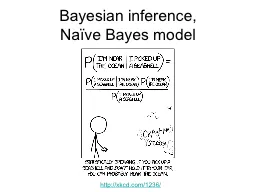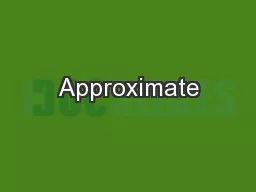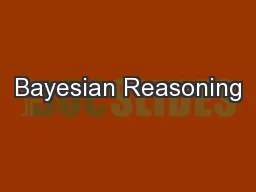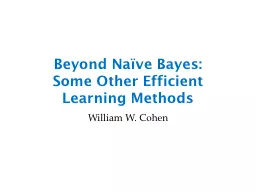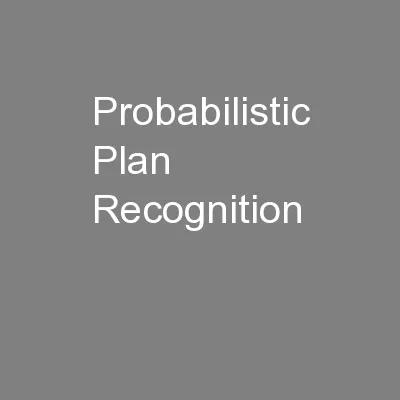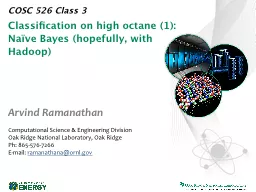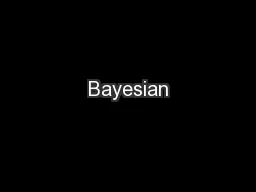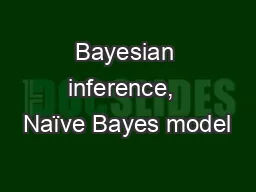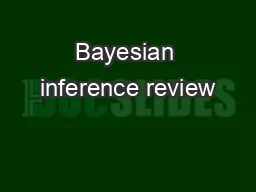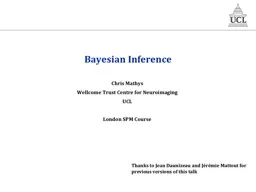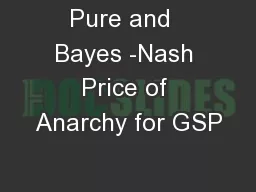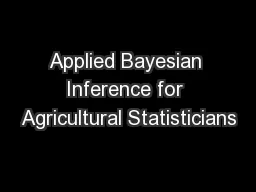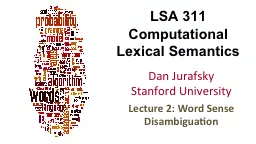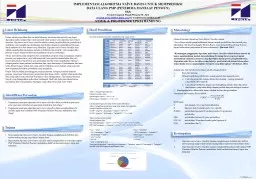PPT-Bayesian inference, Naïve Bayes model
Author : tatyana-admore | Published Date : 2018-03-19
httpxkcdcom1236 Bayes Rule The product rule gives us two ways to factor a joint probability Therefore Why is this useful Can update our beliefs about A based on
Presentation Embed Code
Download Presentation
Download Presentation The PPT/PDF document "Bayesian inference, Naïve Bayes model" is the property of its rightful owner. Permission is granted to download and print the materials on this website for personal, non-commercial use only, and to display it on your personal computer provided you do not modify the materials and that you retain all copyright notices contained in the materials. By downloading content from our website, you accept the terms of this agreement.
Bayesian inference, Naïve Bayes model: Transcript
Download Rules Of Document
"Bayesian inference, Naïve Bayes model"The content belongs to its owner. You may download and print it for personal use, without modification, and keep all copyright notices. By downloading, you agree to these terms.
Related Documents

